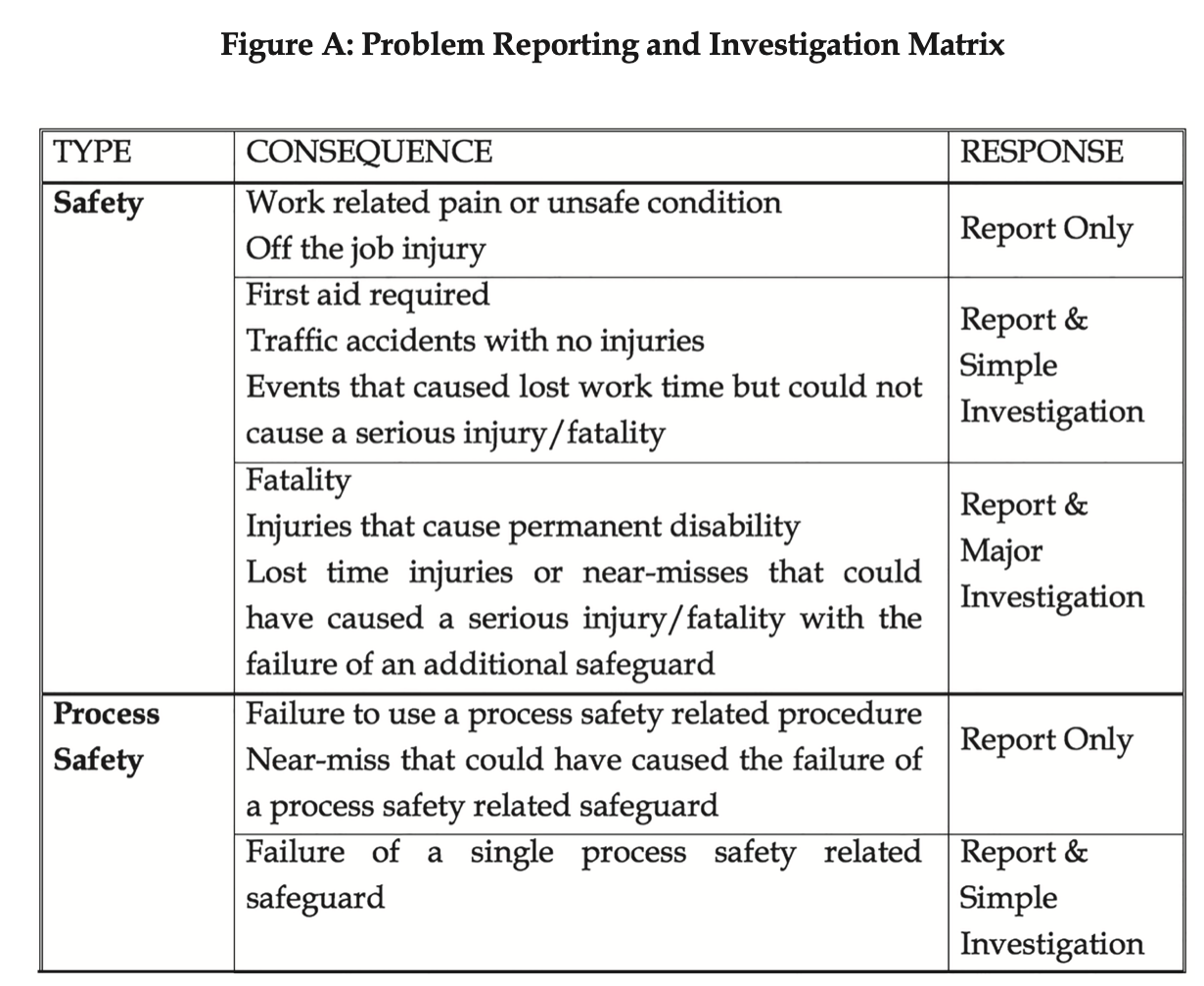Reasonable Root Cause Analysis

Is this a Reasonable Root Cause Analysis Request?
Management assigns a supervisor to perform a root cause analysis in their spare time while they continue their supervisory duties. Is this a reasonable request or unreasonable?
I observed that after decades of downsizing, reengineering, and lean, nobody has any spare time. Thus, the supervisors must make a compromise. Either:
- They don’t adequately supervise the work they normally would supervise, OR
- They take shortcuts in performing the root cause analysis.
In my experience, they do a little of #1 and a lot of #2.
Why is shortcutting the investigation and root cause analysis a reasonable answer? Because if management wanted a good root cause analysis, they would provide the training and resources needed to make a reasonable root cause analysis happen.
When management asks for something for nothing, they probably should just give their investigators a Spin-A-Cause™!

The fastest root cause analysis system on the planet! Fast, but is it reasonable?
Something for Nothing
Everybody wants something for nothing. But management should know better. They should know that something for nothing is NOT a sustainable solution – not a reasonable request. Whenever you ask for something for nothing, you should expect shortcuts and compromises.
Unfortunately, management doesn’t consider what they may be losing when they make an unreasonable request and ask for “something for nothing.” (When they expect supervisors to perform root cause analysis in their spare time.)
What are they sacrificing? A poor root cause analysis performed in the supervisor’s spare time has these characteristics:
- Poor information collection.
- Assumptions about what happened.
- Jumping to conclusions about causes.
- Inadequate (but accepted by management) corrective actions that are mainly targeted toward trying harder, more training, and discipline.
The results of these poor root cause analyses are:
- Repeat incidents
- Disenchanted workers blamed for poor performance
- Demoralized, overworked supervisors (investigators)
- Inaccurate investigation statistics
- Unhappy management who think their investigators should be doing better
But perhaps the worst consequence of these poor investigations of minor incidents (that could have been more significant with the failure of an additional Safeguard or maybe just a little bad luck) is that a future major accident is not prevented. Root cause analysis of PRECURSOR INCIDENTS should be a very important part of your safety program.
You Must Have Adequate Investigations of Precursor Incidents
What happens when supervisors investigate incidents in their spare time? They don’t accomplish the fundamentals required to achieve even a simple root cause analysis. What are these fundamentals? Here are Benna Hughes and Mark Paradies discussing them…
Of course, not every incident investigation is created equal. Major accidents are usually harder to investigate and take more resources than simple incidents – even precursor incidents. So, it is reasonable to expend fewer resources on minor investigations. But how much investigation is enough? What does an adequate incident investigation look like?
Here are Benna and Mark discussing that…
Finally, to have an adequate incident investigation and root cause analysis, you need advanced root cause analysis training for your investigators.
TapRooT® Root Cause Analysis for Adequate Investigations, No Matter How Simple or Complex the Incident
TapRooT® Root Cause Analysis has two processes for conducting an adequate root cause analysis. One is for simple incidents (just below). One is for more complex, major investigations (further down the page).

You might notice that during a simple investigation, you can decide fairly early in the process that no further investigation is needed because there is nothing more to learn. This saves a lot of time and effort when the investigation turns out NOT to be a precursor incident.

When should you use the simple investigation process, and when should you transition to the major investigation process? We provide a sample investigation guide that provides ideas for this in Appendix A of Book 2, TapRooT® Root Cause Analysis Implementation.

Here is a sample …

Train Your People to Perform Real Root Cause Analysis
The best way to train your supervisors and investigators to find real root causes is to have TapRooT® Root Cause Analysis Training at your site. What training is best for your investigators? See the course descriptions at:
Call 865-539-2139 to discuss your possible choices with a TapRoot® Implementation Advisor.

Or contact us by CLICKING HERE.
Would you like to sample our training before you bring it to your site? Then attend one of our public TapRooT® Courses being held around the world. CLICK HERE for the upcoming course dates and locations.
But don’t wait! You need effective investigations and root cause analysis to fix the causes of precursor incidents to stop major accidents and losses. Don’t wait and have your improvement efforts be too late.
[Note: Figures above are copyrighted © material by System Improvements, Inc. They are used here by permission of System Improvements. Duplication is prohibited.]



